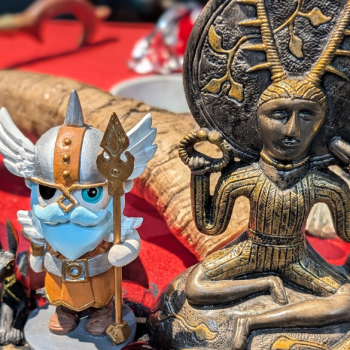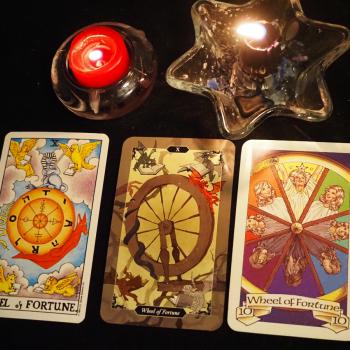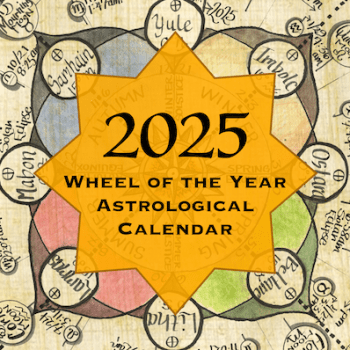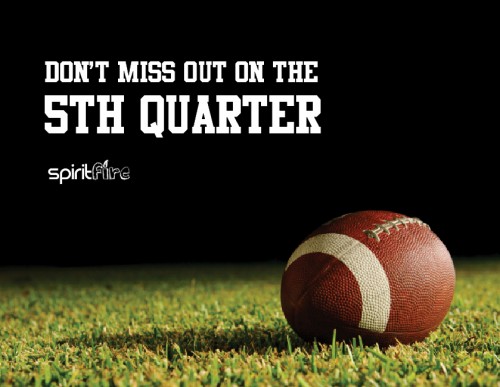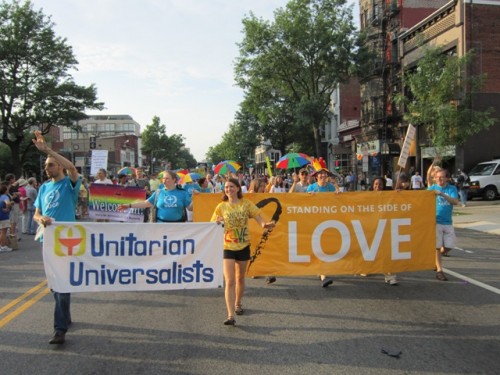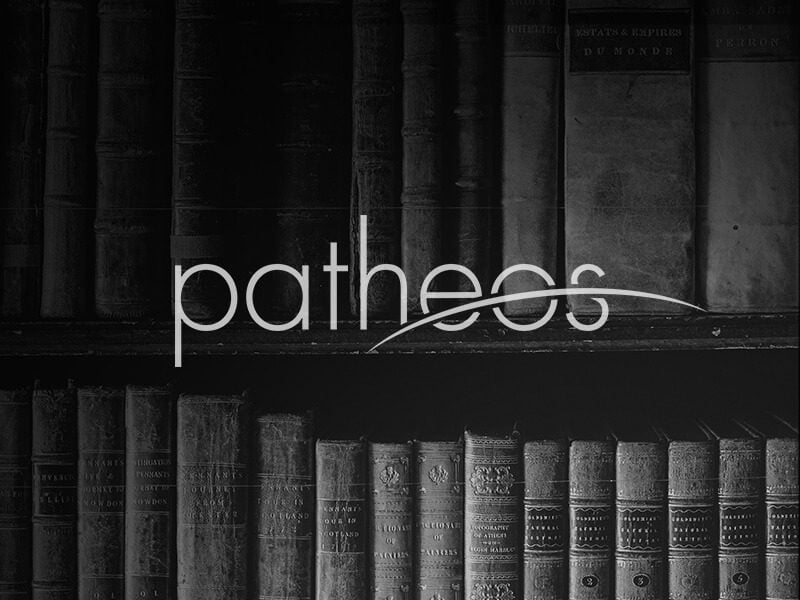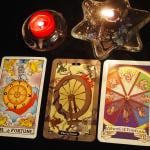According to Grey Matter Research, Americans think our country is far more religiously diverse than it actually is. In a survey of 747 adults the research and consulting firm found that most underestimated the size of Christianity and over-estimated the size of atheists, Muslims, and other religious minorities.
“The typical American adult pegs religious affiliation in the U.S. as follows: 24% Catholic, 20% Protestant, 19% unaffiliated, 9% Jewish, 9% atheist or agnostic, 7% Muslim, 7% Mormon, and 5% from all other religious groups. In reality, according to the 2008 U.S. Religious Landscape Survey from the Pew Forum on Religion and Public Life, Americans are right on target with the proportion of Catholics and the “all other” category, but way off target on the rest of the landscape. The typical American badly underestimates how many Protestants there are in the country, and way overestimates the presence of religious minorities such as Mormon, Muslim, and atheist/agnostic.”
In fact, if you check the Pew Forum data from 2008, you’ll see that Muslims in America only comprise 0.6% of the population. In contrast “Unitarians and other liberal faiths” comprise 0.7% and “New Age” faiths (ie Pagans) comprise around 0.4%. There are more Buddhists in the United States than there are Muslims. Likewise, respondents guessed large for atheists, agnostics, and the unaffiliated. Speaking with the Religion News Service, Grey Matter president Ron Sellers noted that media attention is a likely reason for the over-inflated guesses of non-Christian or non-religious populations.
Sellers also mentioned that with Mitt Romney running for president as a Mormon and the current emphasis on Islamic-American relations, “smaller faith groups also may be getting disproportionate media coverage.”
Likewise, younger Americans, who tend to have more friends who are atheists or religiously unaffiliated, guesses in favor of their own experience. Also unsurprising is the news that adherents of a particular tradition tend to guess high on their own numbers.
“One thing that is clear from this research is that people tend to overestimate the proportion of their own faith group. Among people who identify with the Catholic Church, the average estimate is that 39% of the country is Catholic. Not only is this estimate much higher than it is among non-Catholics, it is far higher than the reality of 24%. Similarly, among people who identify with a Protestant faith perspective, the average estimate is that 27% of the population is Protestant. While this is far higher than the numbers among non-Protestants, it is still almost half the correct figure. Among people who identify as atheists or agnostics, the average estimate is that 16% of the American population is atheist or agnostic. As with Catholics, not only is this estimate far higher than among any other group, but it is much higher than the reality. Finally, among people who express no particular faith identification, the average perception is that 35% of Americans believe in God but have no actual religious preference. Again, this is nearly double the average American’s perception, and far higher than the real figure in the U.S.”
So what’s the take-home message of this data? Sellers says that “this skewed perception of religion in America may benefit smaller faith groups and be detrimental to Protestants.” In other words we are over-estimating the influence of religious minorities, and under-estimating the influence of Protestant Christians. This may seem like a good thing, a hastening of the demographic shifts many of us existing in religious minorities have been waiting for, but it could also feed into the fears of certain Christians who are increasingly uneasy with our mere existence. Then again, maybe feeling like a religious minority could teach a valuable lesson to those willing to encounter it.
Being a minority tests the temper of a faith, its resilience and fiber […] Being a member of a minority entails the ability to bend and to negotiate. This, in turn, demands a deep understanding of the majority and local conditions, deeper than the majority may have about the minority; respect for them whenever possible; diplomacy; patience; and the building of relationships, infinitesimal gesture after infinitesimal gesture.”
People are over-estimating religious minorities, and those with no religion at all, but maybe this misconception will instill a willingness to embrace secularism once more, to re-enforce those church-state separations so that the “others” don’t exert undue influence. In which case, beware Christians, Pagans are growing at an alarming rate! Quick! Everyone join Americans United for The Separation of Church and State, it’s your only hope!



